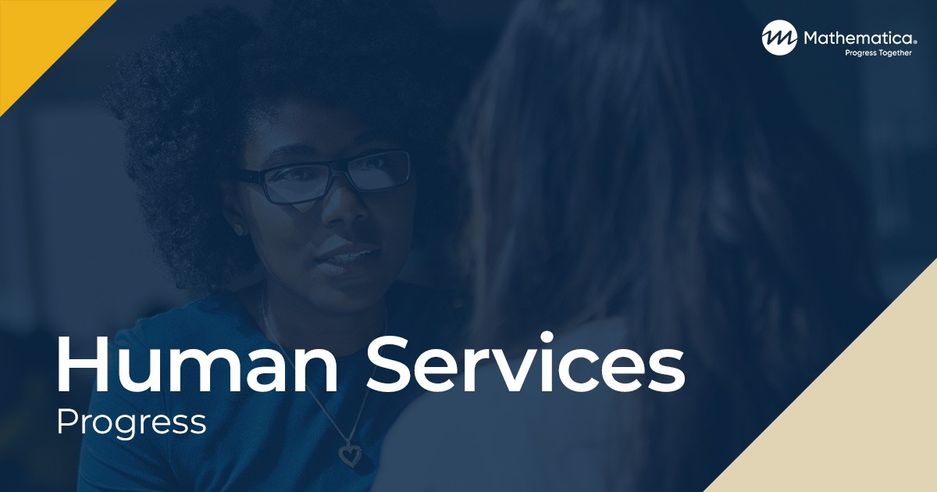Head Start Family and Classroom Supports for Kindergarten Achievement: FACES 2009
OPRE Report 2017-70
Download
Associated Project
Head Start: The Family and Child Experiences Survey (FACES)
Prepared for:
U.S. Department of Health and Human Services, Administration for Children and Families, Office of Planning, Research, and Evaluation
Clients

Key Findings
Key Findings:
- Our first goal is to describe Head Start children’s family and home environments, with a focus on aspects of the environment that can support children’s development. Examining home and family supports for children’s development across Head Start and kindergarten shows the majority of Head Start families are healthy, working toward self-sufficiency, and supporting their children’s development. On average, children experience most of the home language and literacy, math, and supportive activities measured. Cognitive/cultural home activities are less commonly experienced, but, on average, children still experience over half of these activities. One-fifth to one-third of children, however, live in families still in need of support in areas such as mental health, food security, education, and participation in their children’s education.
- Our next goal is to describe aspects of children’s Head Start classroom environments that can support their learning. Children’s classroom learning environments provide a variety of experiences. The average child experiences most of the measured language and literacy and math activities daily or almost daily. On average, children’s classrooms score in the low to middle range on measures of observed classroom quality.
- We next compare supports related to learning activities across children’s home and classroom environments. Children’s level of participation in these activities is similar across the home and classroom learning environments or higher in the classroom environment than in the home. Most children experience at least half of the activities in both settings.
- Finally, we explore whether home and classroom learning activities and classroom quality during Head Start are associated with children’s kindergarten developmental outcomes. Overall, we find few associations between children’s outcomes and home activities, classroom activities, and observed classroom quality. However, while not causal, some evidence indicates that Head Start family and classroom supports are correlated with kindergarten achievement. In particular, experiencing more home language and literacy activities is associated with higher receptive vocabulary and phonetic skills. Observed classroom quality in terms of materials is correlated with receptive vocabulary, and the quality of teacher-child interactions is associated with math achievement. The limited associations detected between outcomes and learning environments may reflect the limitations of measures of learning environments. Furthermore, some activities are not fully aligned with all of the skills directly assessed, particularly for math.
This report focuses on describing aspects of Head Start children’s family and classroom environments that may support children’s kindergarten achievement, drawing on data from the 2009 cohort of the Head Start Family and Child Experiences Survey (FACES 2009). Other FACES 2009 reports describe the characteristics of children and their families, classrooms, and programs as children entered Head Start in fall 2009 (Hulsey et al. 2011) and during their first year in the program (Moiduddin et al. 2012) and child outcomes from program entry through program exit (Aikens et al. 2013). Another report takes a closer look at Head Start programs (Moiduddin et al. 2017). The current report extends the portrait of children, their family lives, and their classroom experiences to the spring of kindergarten. A related brief explores children’s developmental progress and kindergarten environments in more depth (Aikens et al. 2017). This report focuses on the population of children who entered Head Start for the first time in fall 2009, completed one or two years of the program, and were attending kindergarten in spring 2011 or 2012.
How do you apply evidence?
Take our quick four-question survey to help us curate evidence and insights that serve you.
Take our survey
